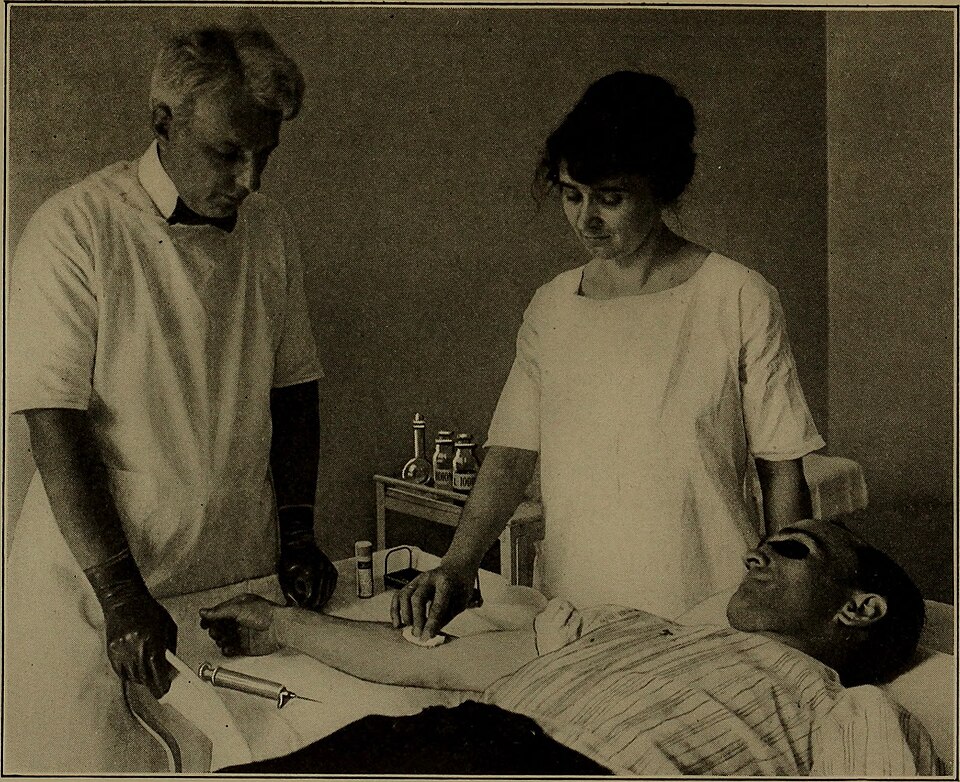Intramuscular Fat Impedes Muscle Healing and Strength Recovery

A recent study published in the journal Cell Reports reveals that intramuscular fat, also known as intramuscular adipose tissue (IMAT), plays a detrimental role in muscle healing and strength recovery. Conducted by a team led by Dr. Daniel Kopinke, an associate professor at the University of Florida's College of Medicine, the research highlights how the presence of fat within muscle tissue obstructs the regeneration process following injury. This discovery could have significant implications for treating muscle diseases and conditions associated with aging.
IMAT has long been recognized as a marker of poor health, linked to various diseases such as obesity, type 2 diabetes, and neuromuscular disorders, including Duchenne muscular dystrophy and amyotrophic lateral sclerosis (ALS). Dr. Kopinke stated, "We wanted to understand the precise function IMAT might play on muscle health. Now, we have functional evidence that it is an active driver of declining muscle function."
The study utilized a genetic model termed mFATBLOCK, which allowed researchers to simulate muscle injuries while preventing the infiltration of intramuscular fat. The results indicated that muscle fibers contaminated with fat cells were unable to form and grow appropriately. Instead, the healing process was disorganized, leading to the development of smaller and weaker muscle fibers, directly resulting in a loss of strength.
Dr. Kopinke explained the analogy of a forest fire, stating that, much like how a boulder obstructs tree growth after a fire, intramuscular fat impedes muscle fiber development. In their experiments, fat tissue occupied about 12% of the muscle's overall volume, illustrating the significant impact fat has on muscle health.
Despite these challenges, the study suggests potential pathways for recovery. Dr. Kopinke emphasized that individuals can reduce intramuscular fat through conventional weight loss methods, such as creating an energy deficit via diet and exercise. "You can shrink your fat cells," he noted. By diminishing the space occupied by fat, muscle fibers may have increased opportunities for regeneration and growth.
These findings not only enhance the understanding of muscle degeneration but also pave the way for new therapeutic strategies. Current approaches to muscle injury often focus solely on promoting muscle growth; however, this study suggests that reducing or removing the physical obstruction of fat could be equally important in restoring muscle function. Dr. Kopinke remarked, "By clearing the path for muscle fibers to heal correctly, we may be able to restore function and improve strength in millions of people affected by these debilitating conditions."
The implications of this research extend beyond muscle recovery, offering insights into the management of chronic diseases associated with muscle deterioration. The study, titled "Intramuscular adipose tissue restricts functional muscle recovery," was co-authored by Alessandra M. Norris and appears in Cell Reports, published on July 28, 2025. As this field of research evolves, healthcare providers may need to reconsider treatment frameworks to incorporate strategies aimed at managing intramuscular fat alongside traditional rehabilitation practices.
Advertisement
Tags
Advertisement





